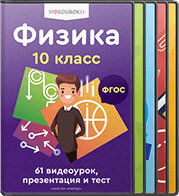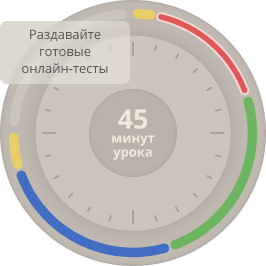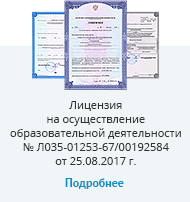

СДЕЛАЙТЕ СВОИ УРОКИ ЕЩЁ ЭФФЕКТИВНЕЕ, А ЖИЗНЬ СВОБОДНЕЕ
Благодаря готовым учебным материалам для работы в классе и дистанционно
Скидки до 50 % на комплекты
только до
Готовые ключевые этапы урока всегда будут у вас под рукой
Организационный момент
Проверка знаний
Объяснение материала
Закрепление изученного
Итоги урока

How To Teach A Perfect Reading Lesson
While students certainly need practice reading material in English, it is important that you include short speaking, listening and writing activities whenever possible in your reading lessons. The focus of the lesson may be on reading a particular passage but having a diverse lesson plan will enable students who are good at other aspects of English to still participate and feel confident in their abilities while working to improve an area they are weaker at.
How To Proceed With Teaching Reading
1. Warm up Since students will mostly be sitting at their desks during a reading lesson, use the five to ten minute to get students moving and speaking. You are also going to want to generate some interest in your reading topic so that the warm up activity flows into your introduction of the material. One way to do this is to have students stand in a circle and ask them to tell you what they know about a certain topic. This can be as simple as giving you some related vocabulary. After a student has given you a word or phrase you can write it on the board and he can call on a student to go next. If appropriate you can bring a ball to class and ask students to gently toss it to the next person. This is good because it actually gives students something to focus on other than the words being written on the board which you will be able to review later.
2. Introduce Your introduction may have been made quite easy by the warm up activity. Now, while students are seated, ask them to use some of the they came up with in sentences and add any key vocabulary to the list. Now you can distribute the reading passage and ask students to read it silently to become acquainted with the new material.
3. Practice Practice reading the material aloud. You can do this through a series of steps. First have students do some slash reading. You should read the passage aloud pausing where appropriate. Have students repeat each section after you and place slashes in their text. A sample sentence might look like this “For Christmas dinner / I ate ham, / mashed potatoes, / and green beans.//” This will help students read more naturally. Now you can have students read the passage by repeating sentences after you and then call on students to read one sentence at a time. If students struggle with the of certain words, take this opportunity to practice pronouncing them too. You may wish to have students read the passage again silently to focus on its meaning before moving on.
4. Practice More With reading lessons it is important to ensure that students understand the material as well as any new words. To check vocabulary you can ask students to match or or ask them to complete sentences with the correct vocabulary words. To check overall comprehension, you can start with some true or false questions. Be sure to ask students why a particular statement is true or false when checking the answers. You can also have fill in the blank sentences or basic comprehension questions in this section.
5. Produce Prepare some discussion questions related to the reading and some that require students to use key phrases in their answers. For beginners, discussions will be quite challenging but intermediate and advanced students will gain a lot from discussing their thoughts and opinions. In smaller classes there will be more opportunities for students to share their viewpoints while with larger classes you may simply have to ask who agrees or disagrees with a particular statement and then call on three or four students to express their opinions.
6. Review
Ask students to summarize the reading or what they learned in class. If you have not already done so, you can also have students search for the topic sentence and discuss why students chose certain sentences whether they chose correctly or not.
Reading is a key part of learning English and these lessons give you an excellent opportunity to introduce topics of your own. Be careful when selecting an article. It is important that your students are interested in the material. They will be more active in the discussion if they feel strongly about a particular topic.






